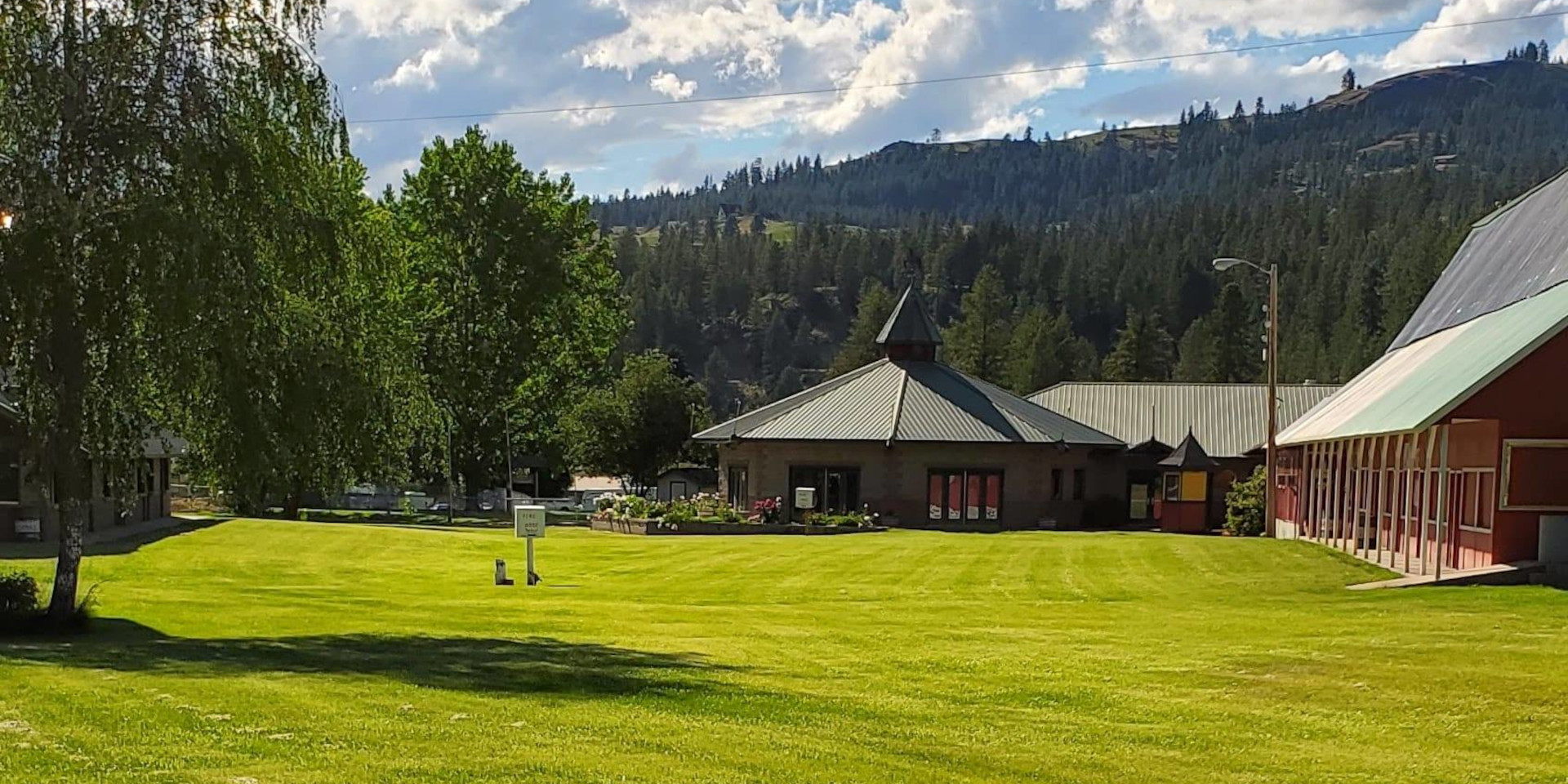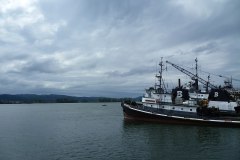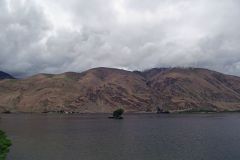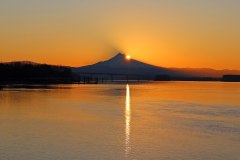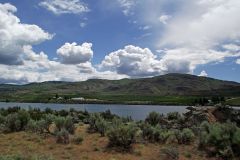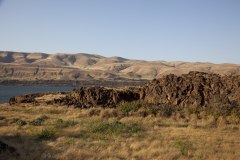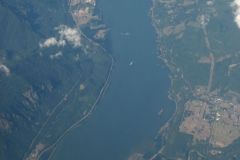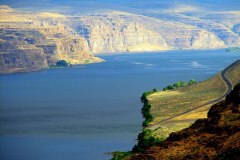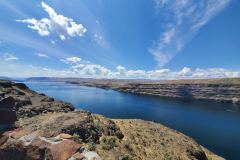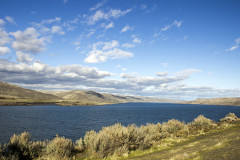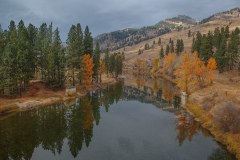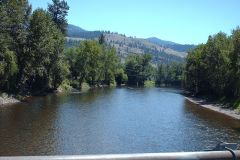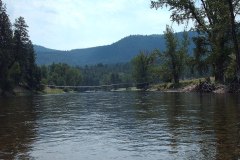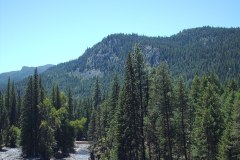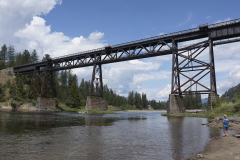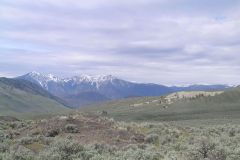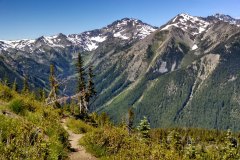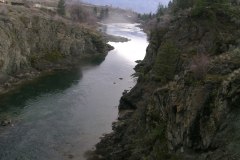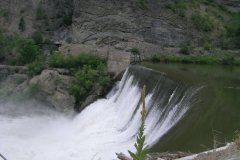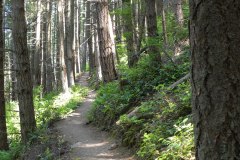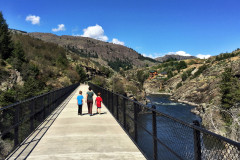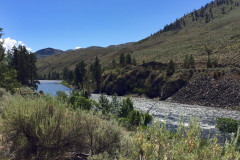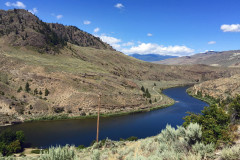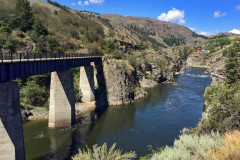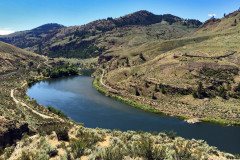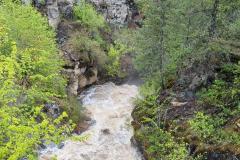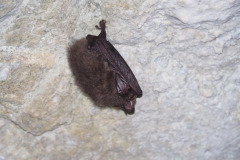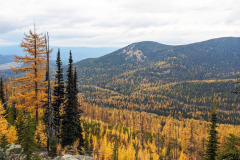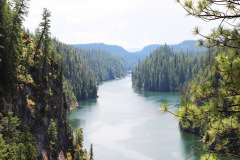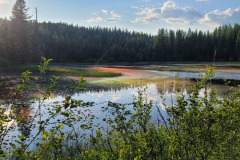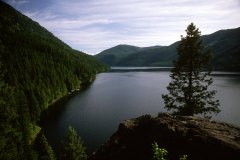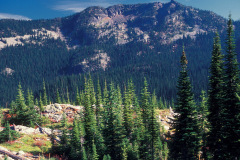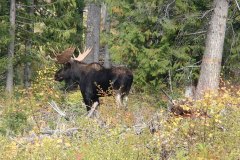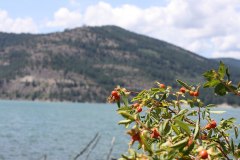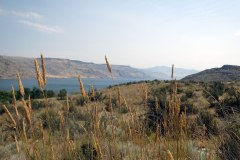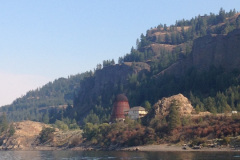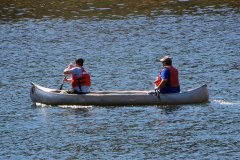Every year it seems for as long as I can remember property taxes have increased.
Did you know that doesn’t have to be the case?
In this article you’ll learn if you qualify to save hundreds if not thousands of dollars EVERY YEAR!!
For the rest of your life!
Ferry County has tax relief programs for senior citizens and disabled persons.
You may be entitled to a property tax deduction from all or part of your property tax on your residence if you are at least 61 years of age or are permanently disabled (unable to pursue an occupation), own and occupy a house, mobile home, or unit of a cooperative housing association, and you and your spouse or co-tenant(s) have a combined disposable income (including social security benefits) of $40,400 or less beginning 2024.
Schedule an appointment with us today and we will help you take advantage of Ferry County’s property tax deduction.
About Ferry County
Ferry County, situated on the northern border of the U.S. state of Washington, emerged from Stevens County in February 18991https://en.wikipedia.org/wiki/Ferry_County,_Washington. With a population of 7,178 as of the 2020 census, it stands as the fourth-least populous county in the state.
Named in honor of Elisha P. Ferry, Washington’s first governor, Ferry County reflects a unique blend of rugged mountain terrain dominated by mining and logging industries.
The 2010 census recorded 7,551 people, residing in 3,190 households, with a population density of 3.4 inhabitants per square mile.
Often characterized as one of the last frontiers of the American West, Ferry County offers a harmonious coexistence of industry and wilderness retreat, showcasing the breathtaking beauty of its natural surroundings.
Places of Interest
Columbia River
The Columbia River, the largest river in the Pacific Northwest of North America, originates in the Rocky Mountains of British Columbia, Canada. Stretching 1,243 miles, the river flows northwest, then south into the U.S. state of Washington, where it turns west to create a significant portion of the border between Washington and Oregon before ultimately reaching the Pacific Ocean.
With its largest tributary being the Snake River, the Columbia River boasts a drainage basin approximately the size of France, extending across seven U.S. states and one Canadian province. As the fourth-largest river in the United States by volume, it holds the record for the greatest flow among rivers entering the Pacific outside of Asia and ranks 36th globally in terms of discharge.
Kettle River
The Kettle River, spanning 281 kilometers (175 mi), serves as a significant tributary to the Columbia River. Its expansive 10,877-square-kilometer (4,200 sq mi) drainage basin covers both southern British Columbia, Canada, and northeastern Washington, USA.
The Canadian portion accounts for 8,228 square kilometers (3,177 sq mi), while the American section encompasses 2,649 square kilometers (1,023 sq mi). The Kettle River plays a crucial role in contributing to the overall flow of the Columbia River system.
Sanpoil River
The Sanpoil River, a tributary of the Columbia River in Washington, originates in the Kettle River Range. Formed by the North Fork Sanpoil and South Fork Sanpoil rivers, it flows west into Curlew Lake valley, turning south at Torboy and entering Sanpoil Lake.
After leaving the lake, it continues southward, passing through the Ferry County Fairgrounds and the main Sanpoil Valley. It receives tributaries like O’Brien Creek, Granite Creek, and the West Fork Sanpoil River. Altered by human activities in the early 1900s, the river ultimately discharges into Franklin D. Roosevelt Lake, forming the Sanpoil Arm, following changes caused by the construction of Grand Coulee Dam.
The river is named after the Sanpoil people, and its name is derived from the Okanagan term meaning “people of the gray country” or “gray as far as one can see.”
Franklin D. Roosevelt Lake
Franklin D. Roosevelt Lake, also known as Lake Roosevelt, is a vast reservoir formed by the impoundment of the Columbia River by the Grand Coulee Dam in Washington state. Named after President Franklin D. Roosevelt, who was in office during the dam’s construction, the lake was created in 1941.
Encompassing an expansive area of 125 square miles (80,000 acres), it spans approximately 150 miles from the Canada–US border to Grand Coulee Dam, boasting over 600 miles of shoreline. As the largest lake and reservoir in Washington by surface area, it serves as the centerpiece for the Lake Roosevelt National Recreation Area.
Pacific Northwest Trail (Part)
The Pacific Northwest Trail (PNT) is a challenging 1,200-mile (1,900 km) hiking trail that spans from the Continental Divide in Montana to the Pacific Ocean along Washington’s Olympic Coast. This remarkable trail traverses a diverse landscape, crossing three national parks, seven national forests, and intersecting with two additional national scenic trails. The PNT presents hikers with a unique experience as it navigates against the grain of various mountain ranges, including the Continental Divide, Whitefish Divide, Purcells, Selkirks, Kettles, Cascades, and Olympics. Recognized as the Pacific Northwest National Scenic Trail by Congress in 2009, it offers an unparalleled journey through the scenic and rugged terrains of the Pacific Northwest.
Colville National Forest (Part)
The Colville National Forest, situated in northeastern Washington state, is a part of the extensive network of U.S. National Forests. Flanked by the Okanogan–Wenatchee National Forest to the west and the Kaniksu National Forest to the east, it shares borders with the Little Pend Oreille National Wildlife Refuge and the Lake Roosevelt National Recreation Area.
This forested expanse provides a diverse and picturesque landscape for outdoor enthusiasts to explore.
Lake Roosevelt National Recreation Area (Part)
Lake Roosevelt National Recreation Area, a unit of the National Park Service, stretches along the 130-mile-long Franklin D. Roosevelt Lake, extending from Grand Coulee Dam to Northport in eastern Washington state. Formed by the Columbia River Basin project and the Grand Coulee Dam’s construction in 1941, the recreation area offers diverse activities such as fishing, swimming, canoeing, boating, hunting, camping, and historical exploration at sites like Fort Spokane and St. Paul’s Mission.
With numerous boat launches, campgrounds, and scenic spots, including Crescent Bay Lake in Grant County, the recreation area provides a haven for outdoor enthusiasts to enjoy a variety of recreational pursuits.

